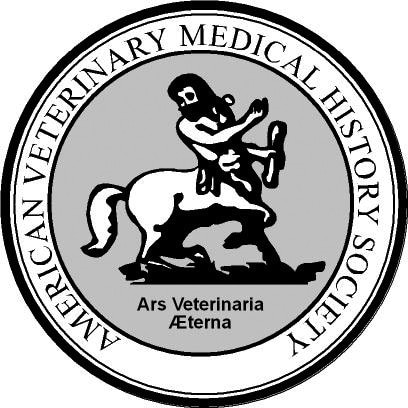Every object has a story. When an object is acquired by a museum and the accession process is underway, the quest for documenting the object is set in motion. On an ideal day, the object can be easily identified and the provenance is substantially documented to create a catalog record. More often than not, there are objects lacking documentation and in dire need of research.
Over the last couple of months, I’ve noticed tweets with hashtag #museumdocumentation. It is inspiring to see colleagues discussing their daily efforts and the importance of documentation. The pictures which accompany the tweets illustrate colleagues working to ensure objects have proper documentation. The tweets reveal excitement as well as frustration and interns learning experiences in the museum field. As I read these tweets, it reinforces how vital it is to have museum documentation and prompted an idea to write this blog — envisioning catalogers on a “quest for museum documentation.”
Why stress the importance of museum documentation? We may cringe at the mere thought of anyone questioning its importance – ‘Isn’t it just a Chair?’ Those tasked with cataloging objects undoubtedly know that it is more than just a chair. A long list of questions regarding the chair may come to mind. What type of chair is it? Function of the chair? What style and era? What type of material was used to make it? In what context was the chair used? Who did it belong to? Where was the owner’s house located? And the list goes on…
Luckily, today we live in an era where online tools are assisting us in the documentation process. Newspapers are becoming digitized and searchable. Genealogy websites provide access to city directories, census, vital and other records help in locating information at a faster rate than years past. Dictionaries, controlled vocabularies and other reference tools abound!
One of the most valuable tools is the use of my museum’s lexicon in conjunction with my collections management software. When I can turn to a reference tools like Nomenclature 3.0 (soon Nomenclature 4.0 – counting down the days until the new book arrives!), it provides object terms to hierarchically categorize and organize the objects within the collection. Often times, I will start with one object term to identify an object, and after some research I realize that the object was used in different context which changes its function. The flexible nature of the lexicon allows for including an additional term or possibly adding a specialized term if it is appropriate for my museum’s needs.
Each step of the documentation process from identifying the appropriate object term to including provenance provides a basis for a stronger catalog record. All of the tedious tasks of scanning, photographing, data entry are an important part of the documentation process. Undoubtedly, the information in a catalog record provides the history of an object as well as the means to create great exhibits!
The reality of daily schedules and multiple projects can sometimes discourage our efforts in our quest to include all the information possible. Despite our need to be thorough, a catalog record may only end up with the source, object term, basic description, dimensions, material, circa date, picture, etc. Balancing time for meetings, multiple projects and exhibitions, and wearing multiple hats sometimes become road blocks on the quest for documentation.
Whether you have to put the extra documentation research to the side for another day or continue on with the task at hand – Carry on in your quest for museum documentation! #museumdocumentation




